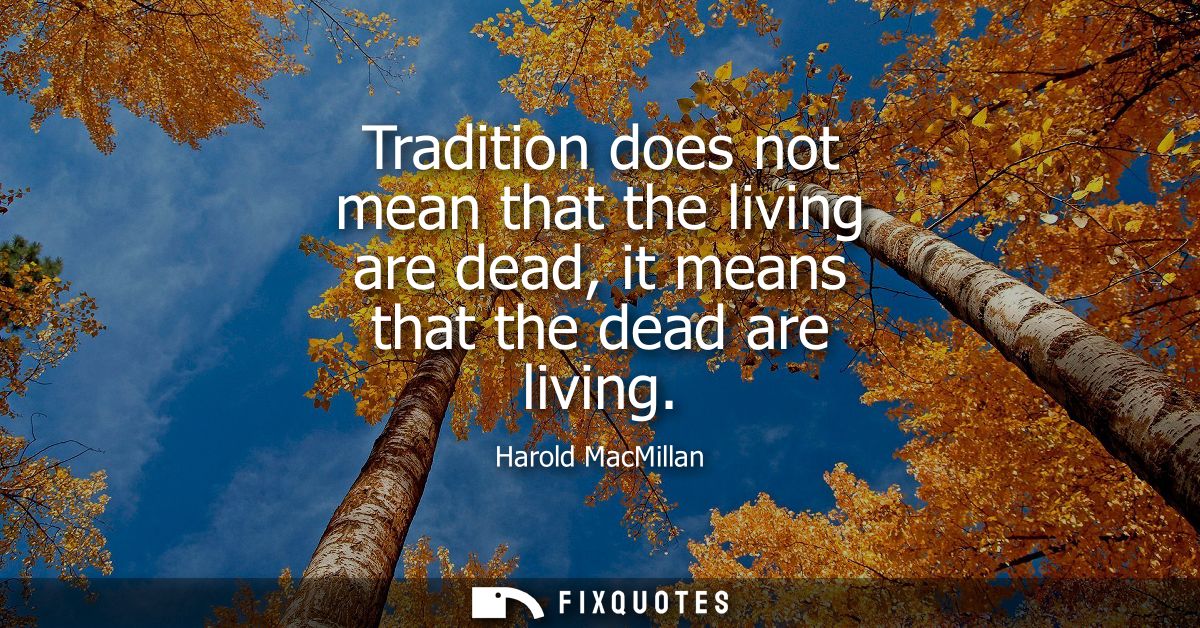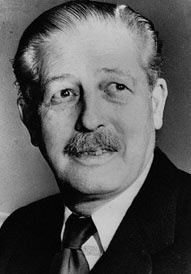"Tradition does not mean that the living are dead, it means that the dead are living"
About this Quote
Harold MacMillan’s statement draws a vivid contrast between two common misconceptions about tradition, urging a reevaluation of the relationship between past and present. Rather than seeing tradition as something that stifles the present, rendering today’s people lifeless or unoriginal, tradition should be recognized as a dynamic force through which the influences, values, and lessons of those who have gone before us remain vital and active within society. In this sense, the “dead” are not truly gone, but continue to exert presence and agency through customs, rituals, beliefs, and institutions that have been carried forward across generations.
Tradition can be thought of as a living dialogue between ancestors and descendants, wherein the wisdom and experiences of the past are continually interpreted, reimagined, and incorporated into modern life. By embodying and reflecting on the practices passed down to us, we invite our predecessors to participate in the present. Far from making us “dead” or passive, tradition can enliven communities with a sense of identity, stability, and shared meaning, offering a framework for understanding and navigating change while honoring continuity.
What MacMillan suggests is that traditions persist because they address enduring human needs or aspirations, and in transmitting them, we keep alive the insights, values, and even the voices of those who have shaped our world. The rituals of mourning, acts of remembrance, celebrations, and moral codes are more than relics, they are the ways through which the deceased are made present and relevant. Thus, tradition is not an obstacle to progress or self-expression, but a source of vitality, connecting people across time and allowing each generation to participate in an ongoing legacy. The dead, in this perspective, live on through the actions and consciousness of the living, ensuring that cultural and spiritual heritage remains a potent and creative force.
More details
About the Author

